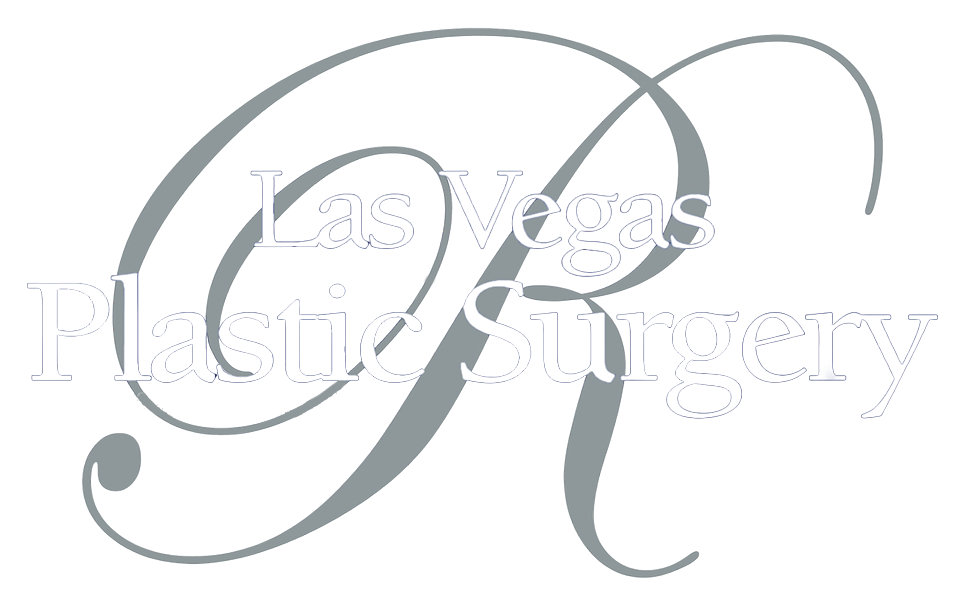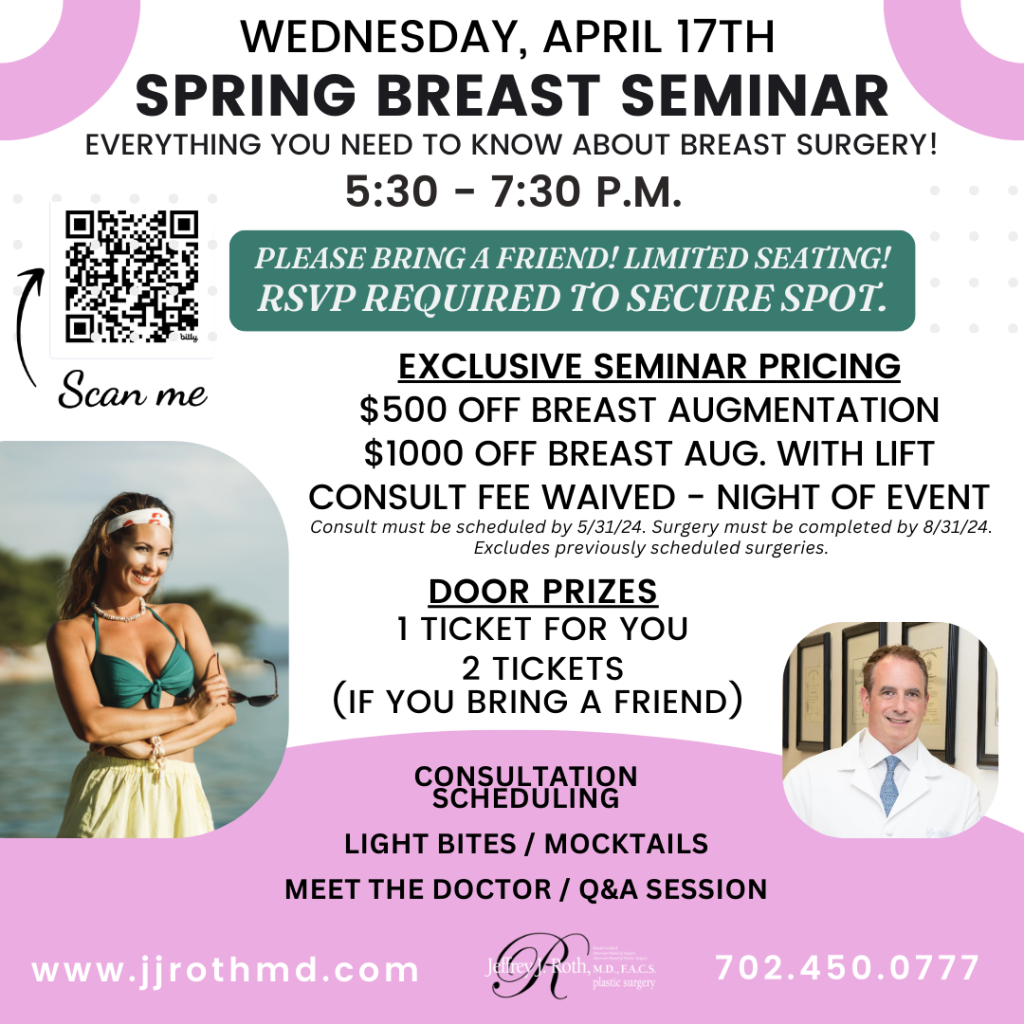Las Vegas Plastic Surgery
A recent article published in the Aesthetic Surgery Journal reported on a survey of plastic surgeon preferences in liposuction equipment and technique. The results are interesting, especially on the topic of complications related to liposuction.
All of the plastic surgeon participants in the survey are members of The American Society for Aesthetic Plastic Surgery (ASAPS). They are all board certified plastic surgeons who have furthered their training and specialize in aesthetic and cosmetic surgery. Most ASAPS respondents reported performing between 50 and 100 liposuction procedures every year.
The traditional standard suction-assisted lipectomy/liposuction (SAL) was the preferred method of fat removal for 51% of the plastic surgeons surveyed.
The preferred method of fat removal from most to least popular was:
- Suction-assisted lipectomy/liposuction (SAL) (51.4 percent)
- Power-assisted liposuction (PAL) (23.0 percent)
- Ultrasound assisted liposuction (UAL) (20.9 percent)
- Laser assisted liposuction (LAL) (3.9 percent)
- Noninvasive devices (0.8 percent)
Only 10.5% of ASAPS members surveyed employ laser-assisted liposuction (SmartLipo, SlimLipo and others) in their practice. When these ASAPS members were asked why they used LAL over other modalities, the main answer was that it gave them a marketing advantage (65.3%).
Ultrasonic liposuction (UAL) was the most likely method to have been abandoned by the respondents.
When it comes to complications after liposuction, ASAPS members felt that ultrasonic and laser liposuction were the techniques most commonly associated with complications (35% and 23% respectively).
Of the respondents, 38.2% have taken care of a patient with complications secondary to laser-liposuction. Contour deformity was the most common complication reported by respondents (71%), followed by unsatisfactory results (59%), burns (44%) and scarring (38%). Unfortunately, some patients had more than one problem following a liposuction procedure.
Respondents felt that newer fat removal technologies including laser assisted liposuction and mesotherapy were associated with a disproportionately higher rate of complications compared with more established methods like sonar assisted liposuction, power assisted liposuction, and ultrasound assisted liposuction.
Respondents felt that marketing (68.3 percent) was the most common reason that influenced patients to choose newer treatments such as las assisted liposuction.
“Evaluating the opinions of our members is an excellent way to identify industry trends and determine how to improve the field for both surgeons and patients,” said Felmont Eaves III, MD, ASAPS president. “It is important for us to conduct surveys such as these, not only regarding liposuction and other forms of fat removal, but for all facets of aesthetic surgery.”
Liposuction, also called lipoplasty or liposculpture removes deposits of excess fat from specific areas of the body including the face and neck. It is the second most popular surgical cosmetic procedure in the U.S., with 283,735 liposuction surgeries performed in the U.S. in 2009, according to ASAPS.
While it is always interesting to see what the national trends are, it is important to remember that each individual is different. It is always best to consult with a board certified plastic surgeon. Together the patient and the plastic surgeon can review the goals and determine what the best modality is for each particular individual.
Jeffrey J. Roth, M.D., F.A.C.S.
(702) 450-0777www.jjrothmd.com
References:



